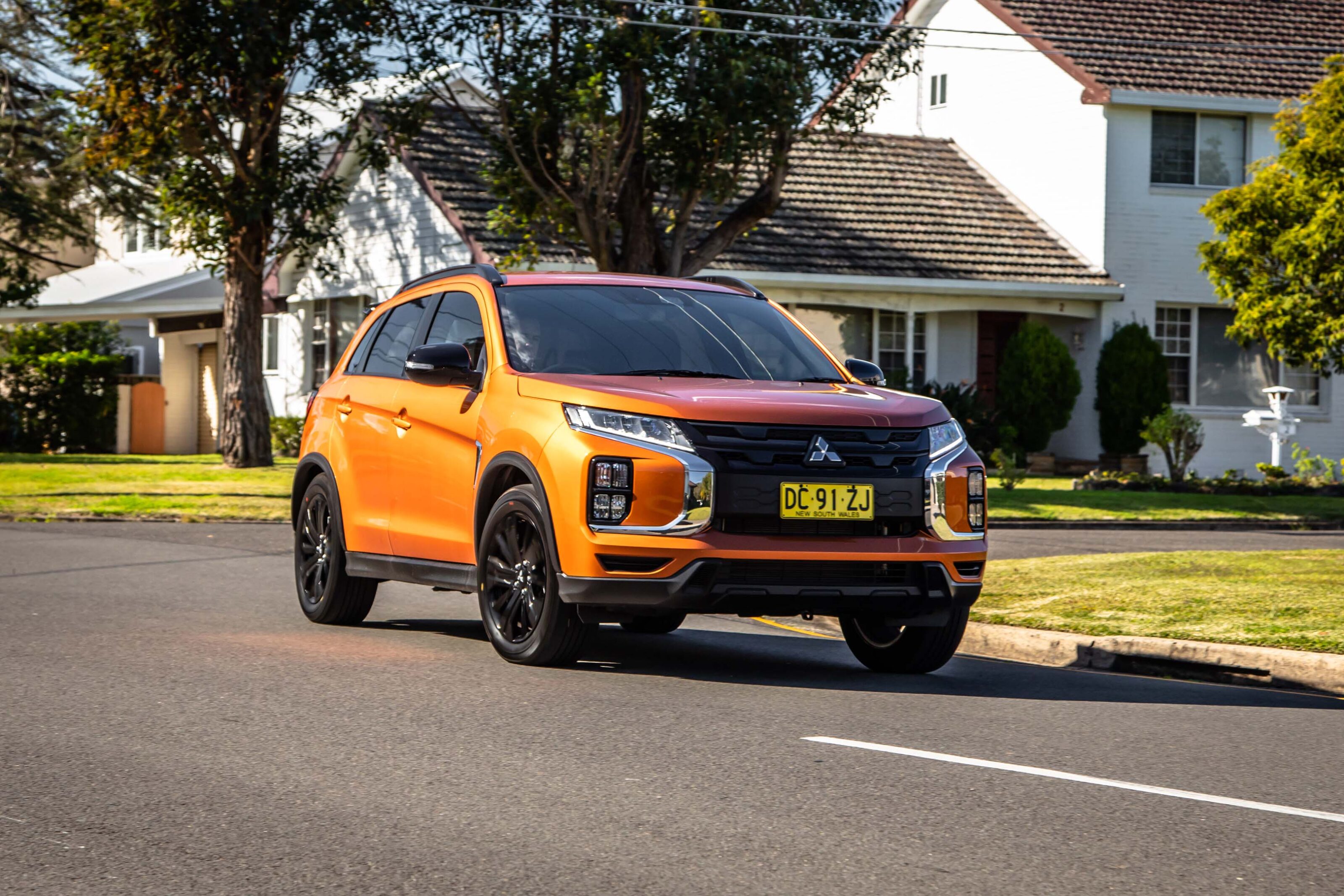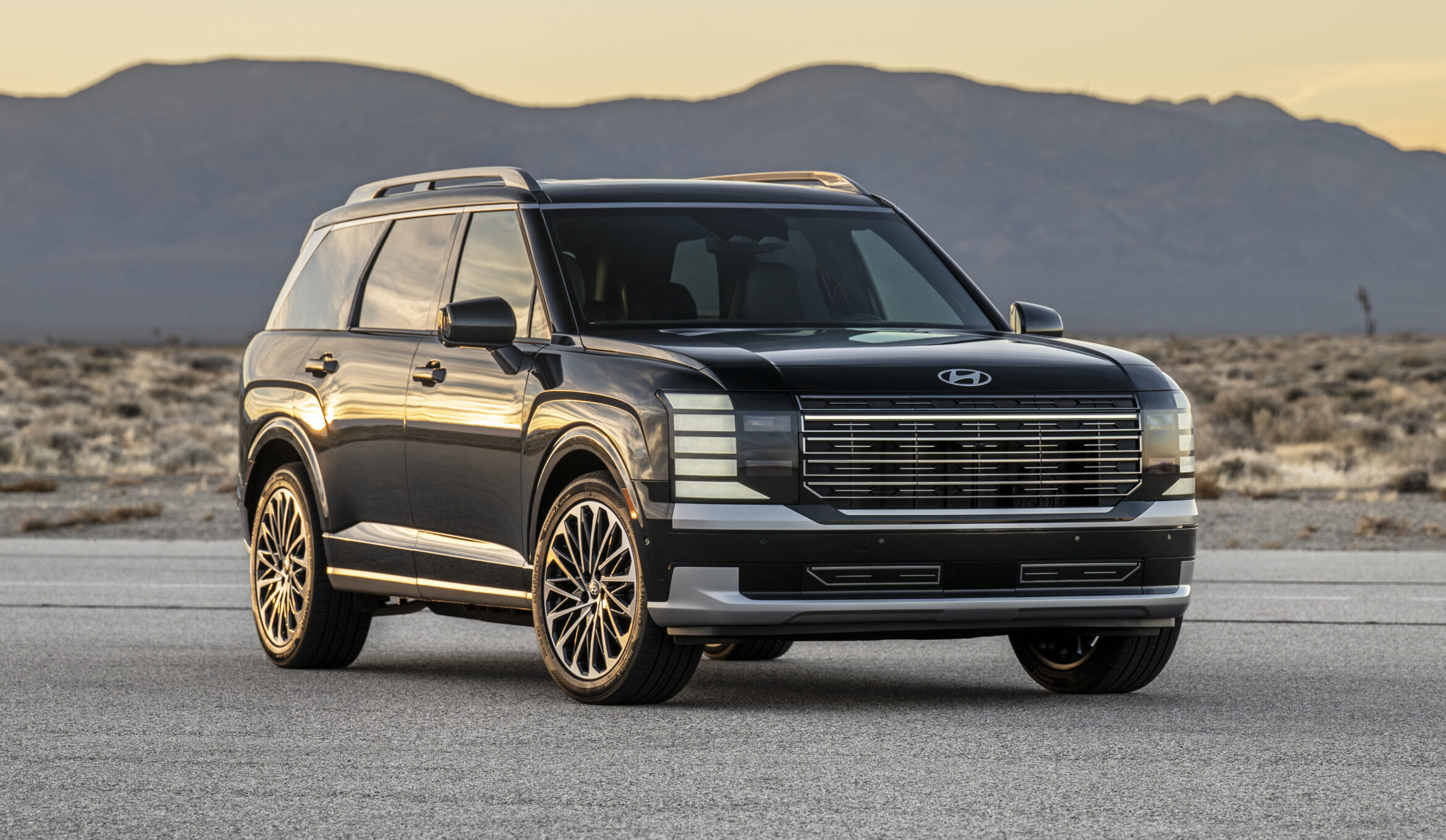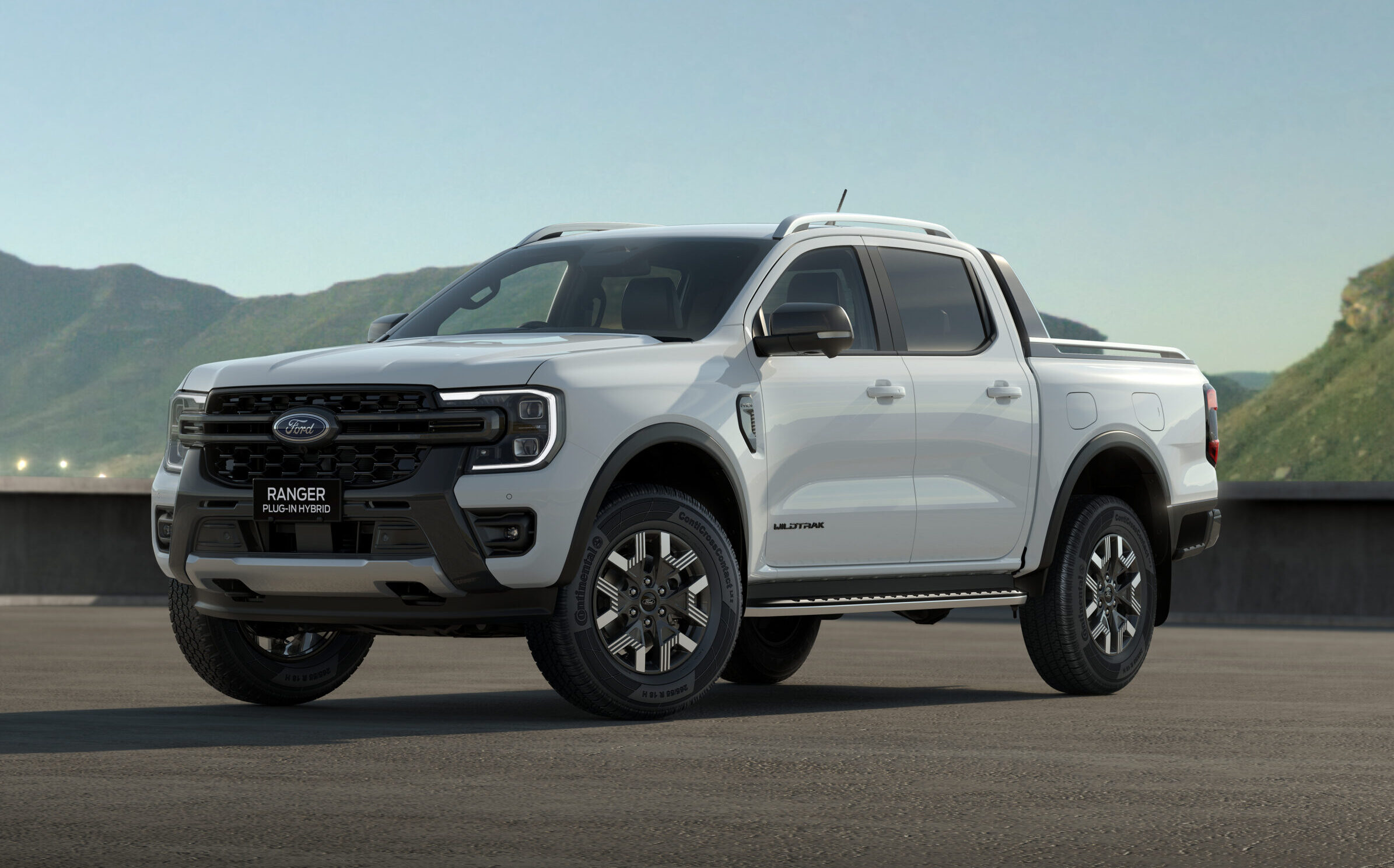“A replacement is intensively under study,” Shaun Westcott, Mitsubishi Motors Australia’s president and CEO told Wheels, when probed about the next ASX.
The ASX has been on sale in Australia in its current guise since 2010, receiving numerous facelifts and model tweaks over the years. Most recently for 2024, with Mitsubishi adding a new option pack for the lower-end ES variant.
However, the vehicle is quite clearly near the very end of the line in its current iteration. “The ASX is coming to the end of its life – although, and I’ll qualify that by saying that it has been one of Australia’s best-selling light SUVs in Australia,” Westcott said.
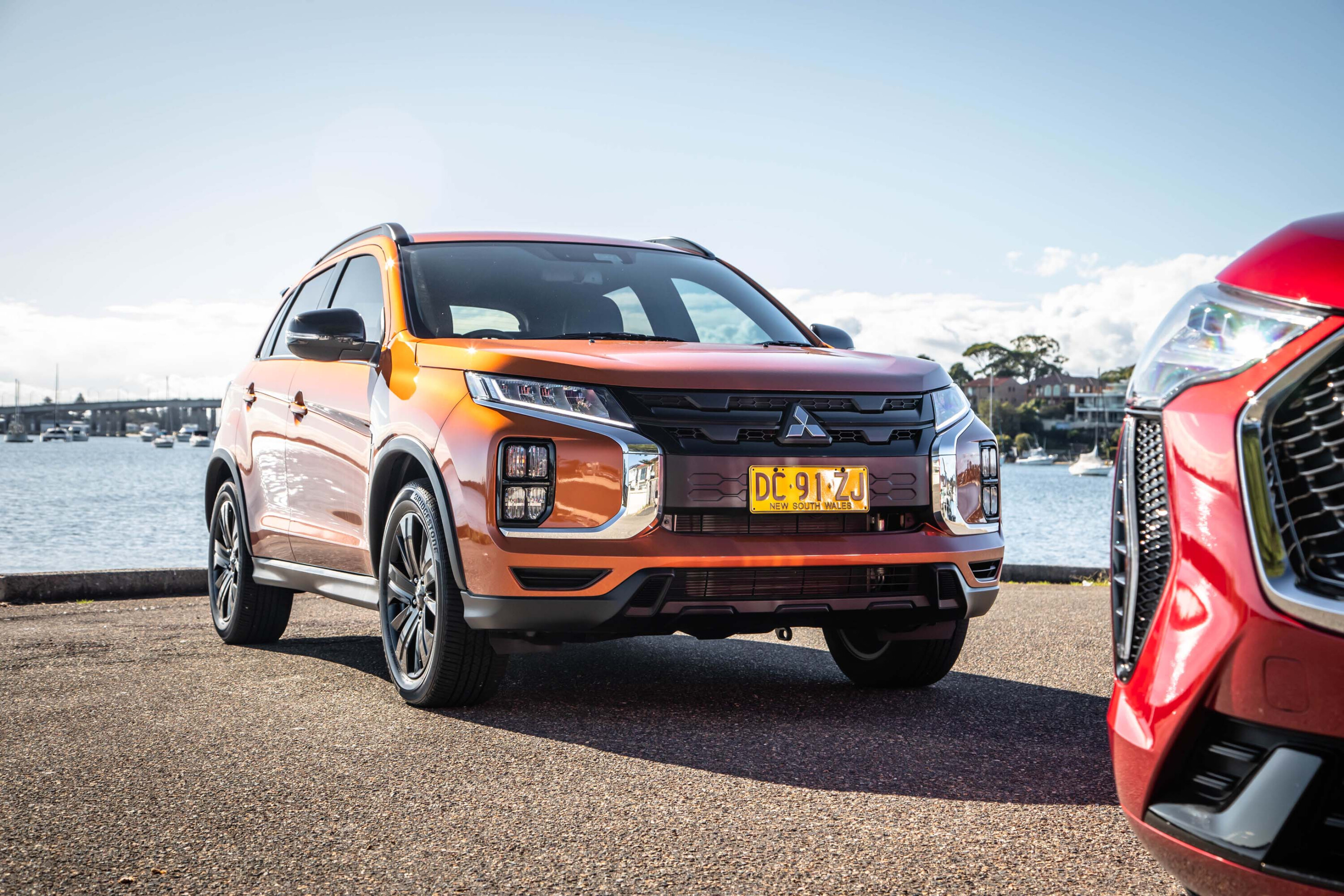
“There’s still a place for it. It’s still selling strong, and the demand for that product far exceeds our supply so it’s still got some legs in it, but it is getting towards the end of its lifecycle. A replacement is intensively under study at the moment,” Westcott said.
“Watch this space,” added Oliver Mann, General Manager Marketing and Product Strategy at Mitsubishi Motors Australia.
According to the November 2023 VFACTs report, a total of 694 ASX variants were delivered to consumers for the month, with a year-to-date tally now up to 8552 units.
ES, MR and LS variants are powered by a 110kW 2.0-litre petrol engine mated to a CVT automatic transmission, while the GSR and Exceed versions gain a more spritely 123kW 2.4-litre petrol engine.
January 14, 2023: Mitsubishi to sell current ASX until “right replacement comes along”
Mitsubishi will continue to sell the current version of its ASX small SUV in Australia for the foreseeable future until “the right replacement comes along”.
Speaking with Wheels, CEO Shaun Westcott said the company has no plans to replace the ASX at present because the current model continues to sell so well in Australia.
In the 12 months of 2022, 12,753 examples of the ASX were sold locally, putting it in third place in its segment only behind the MG ZS and Mazda CX-30.
“I can’t reveal details [for ASX] other than to say that it’s still smashing records. It’s still sitting extremely well. It’s a really popular car in Australia and a very important car for us,” said Westcott.
“We continue to explore multiple and various options around what is the right [replacement] car to bring to Australia.”

The Mitsubishi ASX has been around for more than a decade now, it was first revealed in 2010 and has undergone four facelifts in that time, but sales have long defied this compact SUV’s age.
Aside from offering a lot of metal for the money, the Mitsubishi ASX is cleanly-styled, easy to drive, rides well and is both safe and reliable. It also has one of the roomiest cabins in its class.
All ASX models are front-wheel-drive. ASX ES, MR and LS variants feature a 110kW 2.0-litre petrol engine mated to a CVT auto. The GSR and Exceed versions gain a slightly more powerful, 123kW 2.4-litre petrol engine.
Pricing starts from $24,990 for the ES and rises to $34,740 for the Exceed.
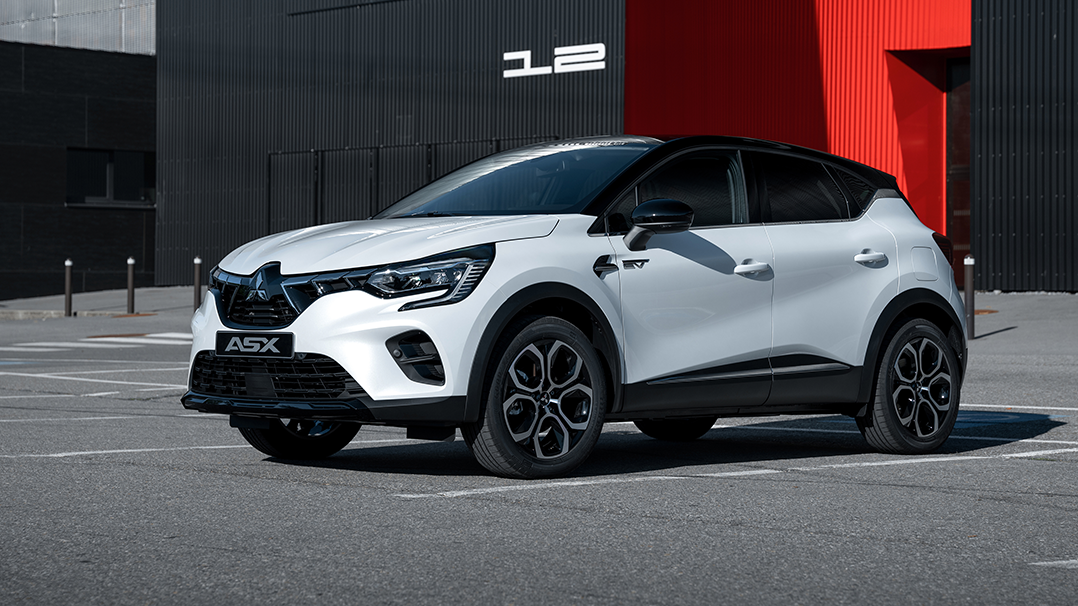
Late last year a Renault Captur-based second-gen was revealed for Europe, but at present there’s no indication this version is headed for our shores – or at least any time soon, in part, because it will be produced exclusively in left-hand-drive.
Mitsubishi only recently adopted Renault’s compact crossover as its “new” ASX for the European market with not much more than a badge switcheroo.
Regular readers will recognise the new ASX as a re-badged version of the Renault Captur, using the same Alliance CMF-B platform and styling.
Mitsubishi has tweaked the ASX’s fascia with a subtle nod to the brand’s ‘Dynamic Shield’ grille design, but the similarities between the ASX and Captur are hard to miss.
In a rare twist, the 2023 ASX is smaller in every dimension than the 12-year-old car it replaces, measuring 4228 millimetres long, 1797m wide and 1573mm tall against the older model’s 4365mm, 1810mm and 1640mm.
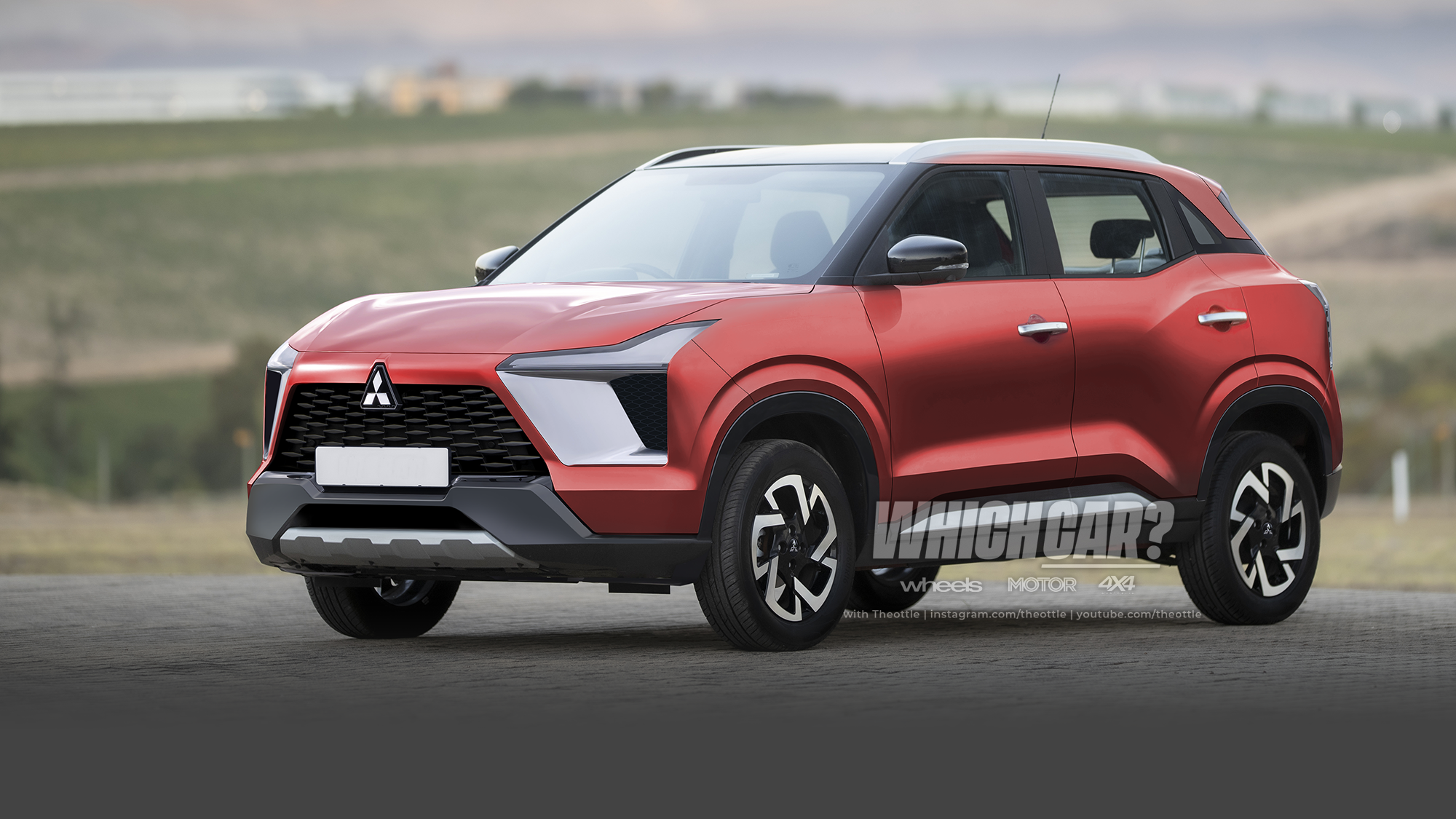
According to Mitsubishi HQ, the impending need to renew or replace the ASX with a new-generation model makes it a prime candidate for reinvention as an EV.
Speaking recently with Wheels in Tokyo, Mitsubishi Motors’s chief of electric powertrain development outlined the company’s plan to focus on plug-in hybrid (PHEV) powertrains for its larger cars, while smaller vehicles – such as the ASX – would be offered as battery-electric EVs in appropriate markets.
We recommend
-
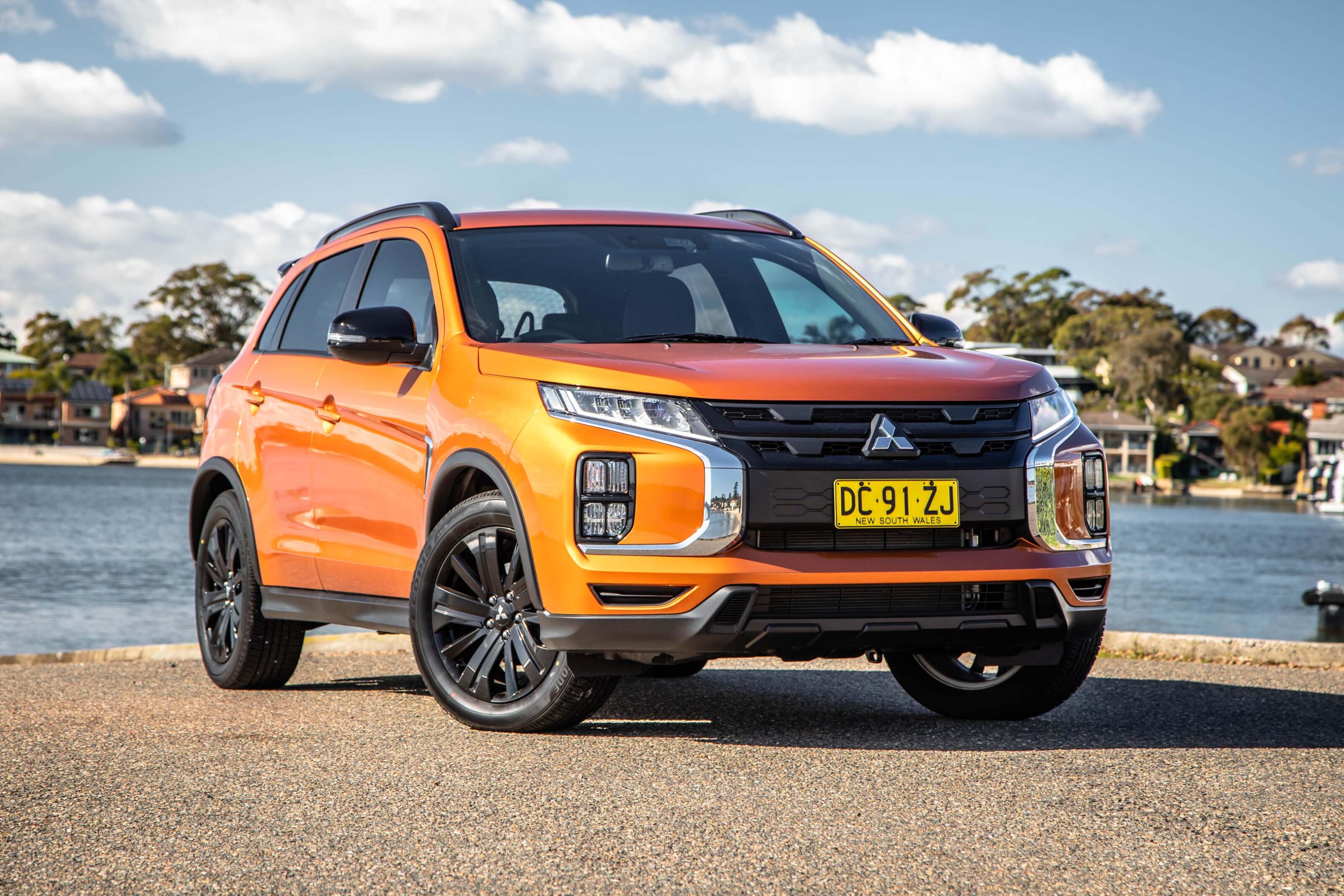 Reviews
Reviews2022 Mitsubishi ASX GSR review
Mitsubishi's ASX is a veteran of the compact-SUV segment. We find out what it still has to offer in flagship GSR spec.
-
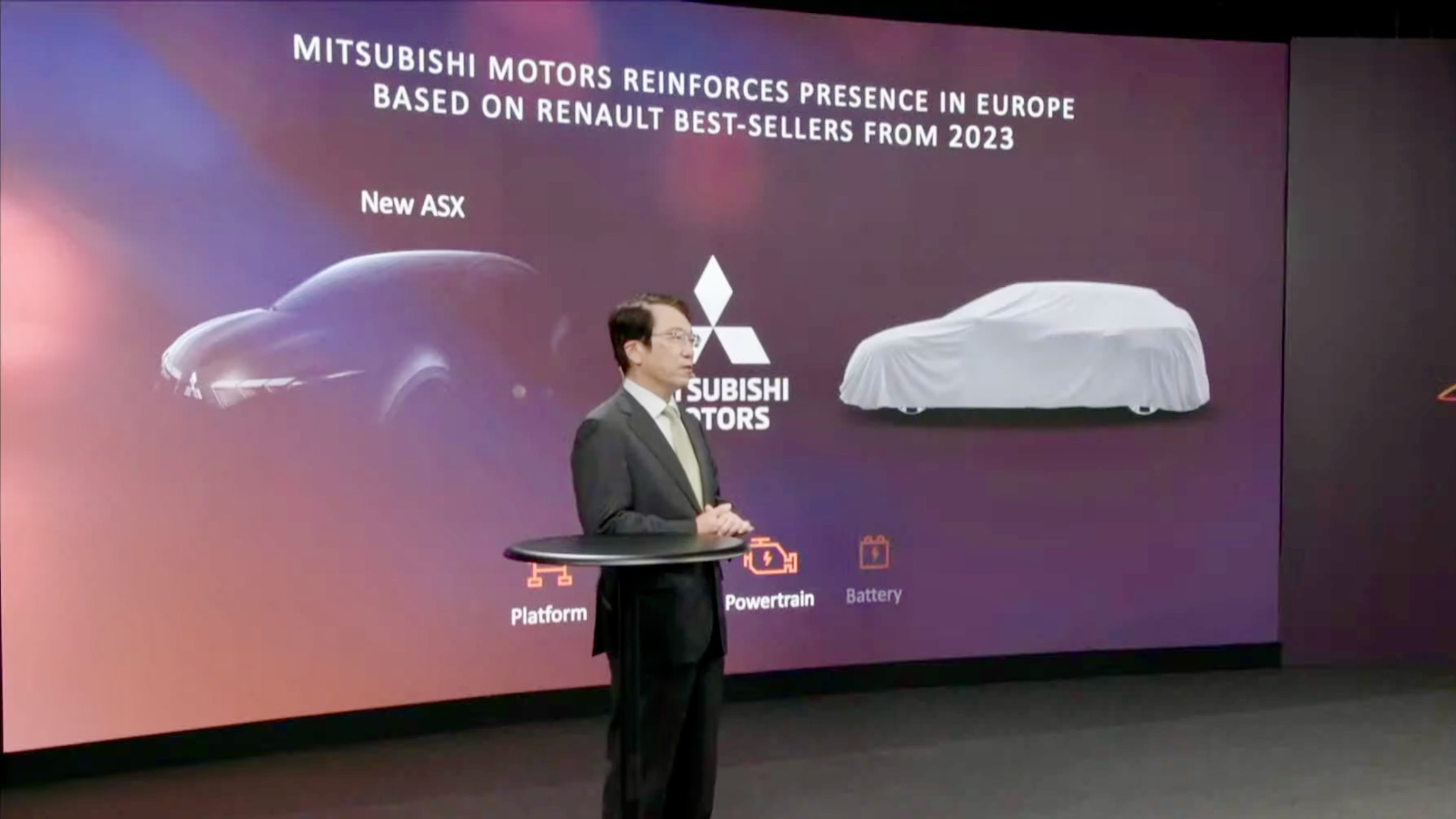 News
News2023 Mitsubishi ASX: All-new SUV teased
Mitsubishi’s popular small SUV is set to be replaced after 13 years, with the new-gen ASX to share a Renault platform
-
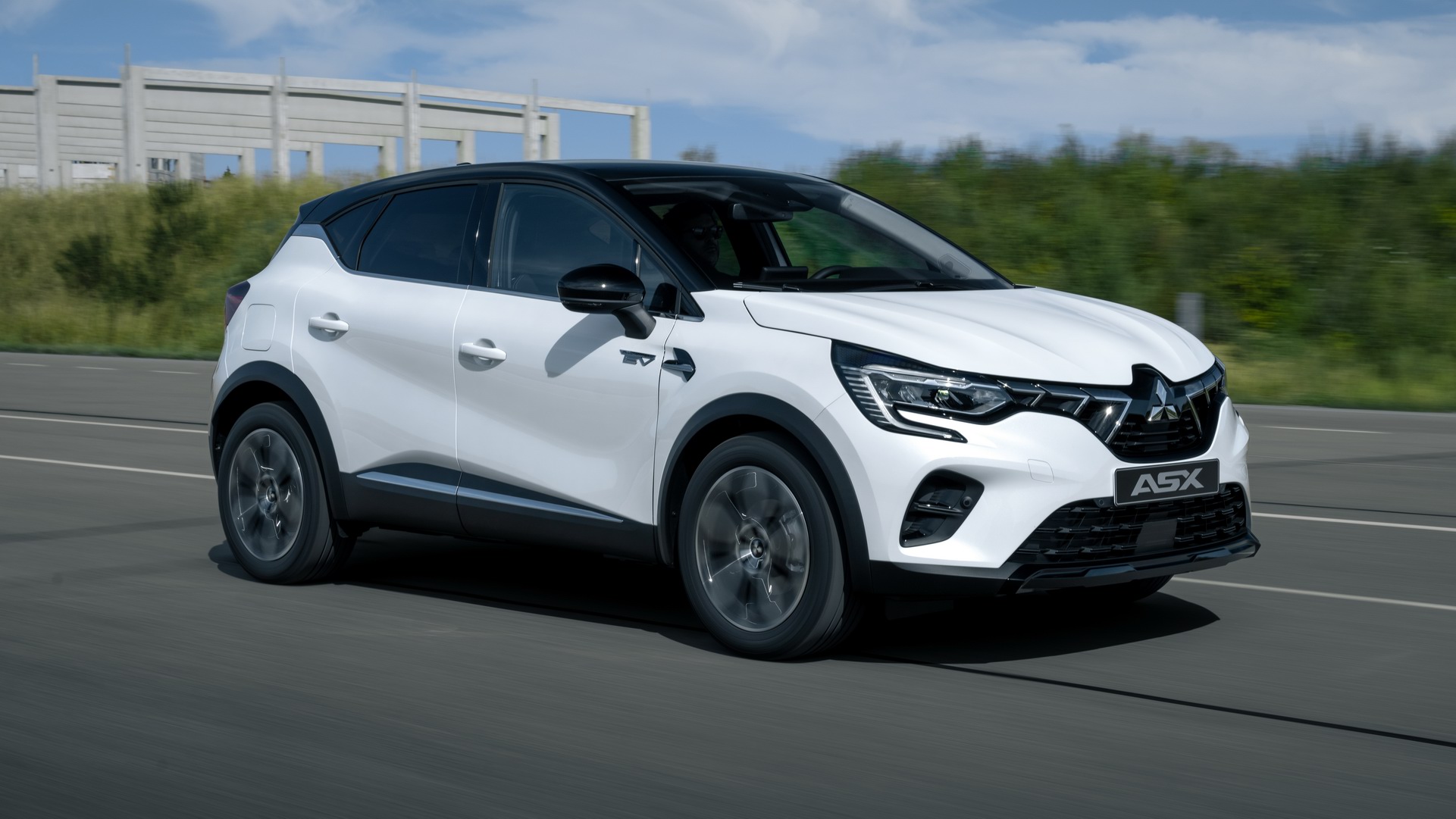 News
News2023 Mitsubishi ASX revealed for Europe, no Australian launch planned
European Renault Captur-based ASX debuts with plug-in and self-charging hybrid but it likely won’t be coming to Australia

